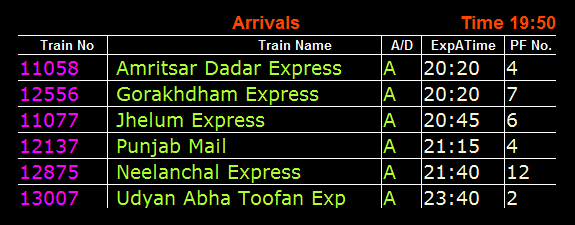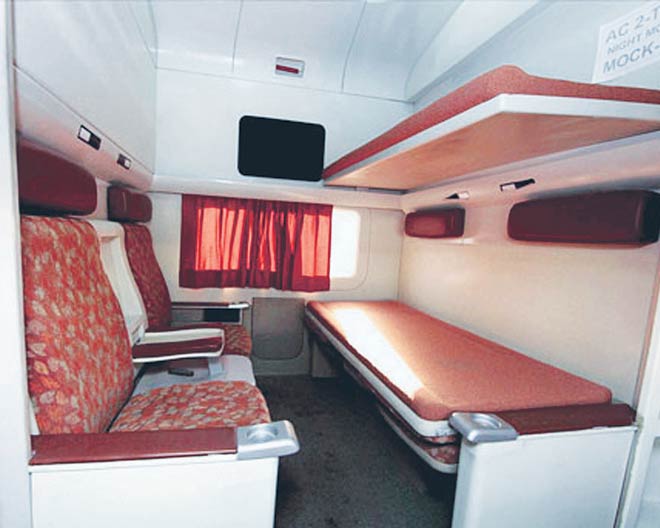Railways are the most widely used means of transportation in India since ages. Despite an incredible increase in the magnitude of the railways, we need to accept that, the demand is still on top of it. Knowing the timetable is the key to make a time saving journey.
A Few Facts to Know About Indian Railways:
- Indian railways have the world’s most extensive railway tracks. Have you ever imagined the magnitude of our railway network..? About 14,300 trains in India cover a distance, which is equal to three and half times the distance between the earth and the moon, everyday..!
- They have got deep roots in India. The first railway track was laid long back in 1853 between Bombay and Thane. Since then, newer tracks and trains are introduced every year to meet the increasing demand of people. Today, they have changed the pace of the Indian economy and administration.
- Let’s have a quick look at the numbers associated with the railways. It has a track length of 63,028 km and about 7000 odd railway stations across India. It helps 13 million people every day to reach their destinations. Employment opportunities are created for 1.55 million people.
Sources:
If you want to make a safe and comfortable trip, make sure to check out the train time table before you leave to the railway station. When we say time table, we mean to say the arrival and departure times of trains at various stations. Check out various sources to know about the train time table:
- One of the best initiatives made by the Indian railways is providing online access to its services. Millions of passengers have benefited from these services and we need to accept that this is helping us to have a better traveling experience. Just check out the official website of Indian railways and get to know every detail you want. Apart from the official website, there are also others websites which bring you this information. So all that you need to do is, just type your query in the search engine and allow it to generate results for you. Train name and number can be used to generate specific results.
- For a quicker search, you can download various apps, which let you know about the schedule of trains. One of the most followed and classic source in this aspect is the book “Trains at a glance” published by the Indian railways itself annually.
Be Updated:
Every year the ministry releases the time table with all the changes made. It’s important to be updated with these modifications. These salient features, which are released annually, generally include the following:
- It is majorly concerned about the changes in the arrival and departure timings of the trains.
- It also specifies if there are any new trains in a particular route.
- In case of high demand from people, the railway department arranges some extra trips.
- Any hike in the fares or changes in reservation criteria will be mentioned.
- Extensions of existing trains and speeding up of their time travel will be stipulated.
- The train number is one thing, which we mostly use to identify it. Often, changes in the number can be made by the railway department. Have a keen eye on these numbers.


